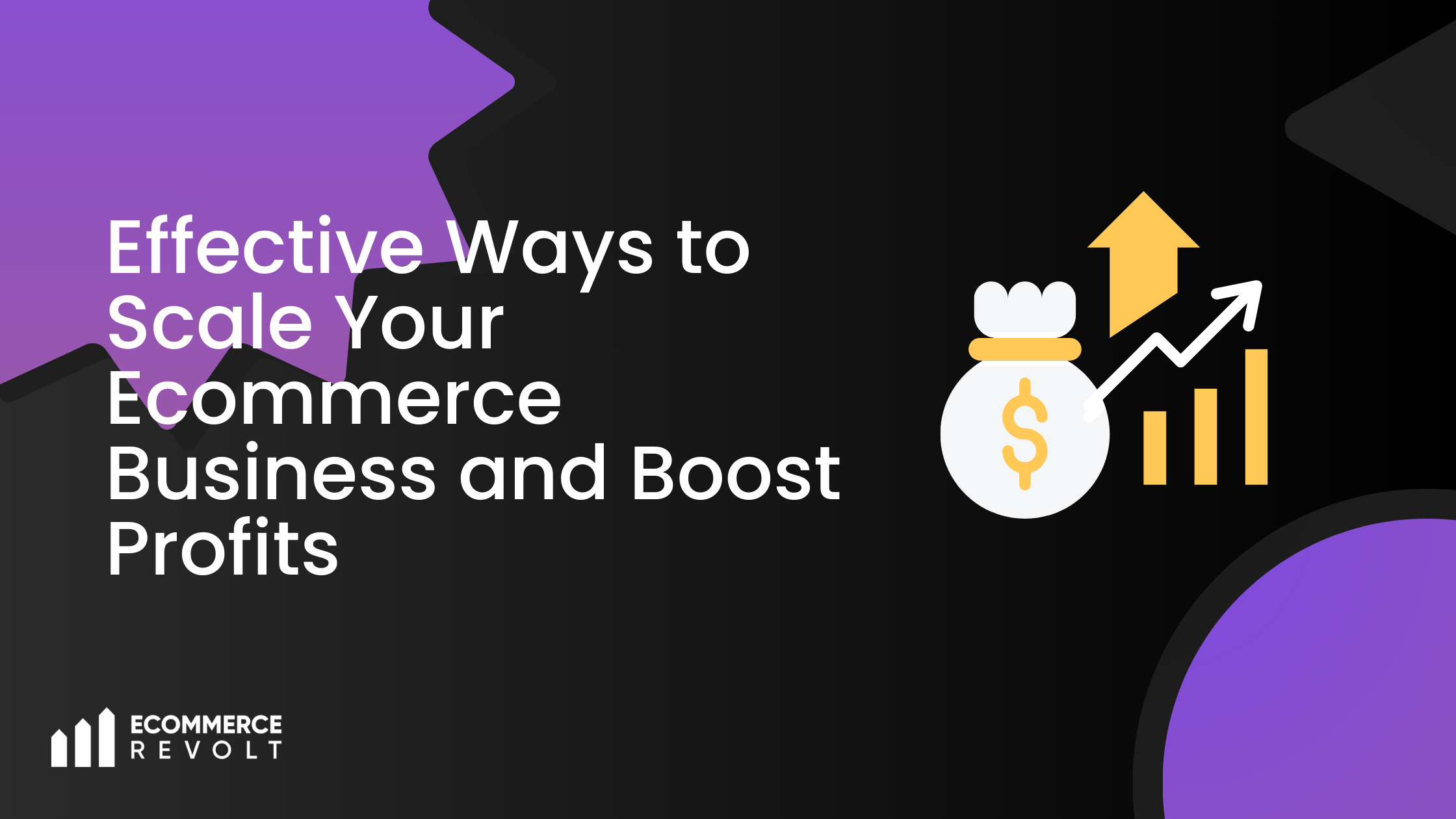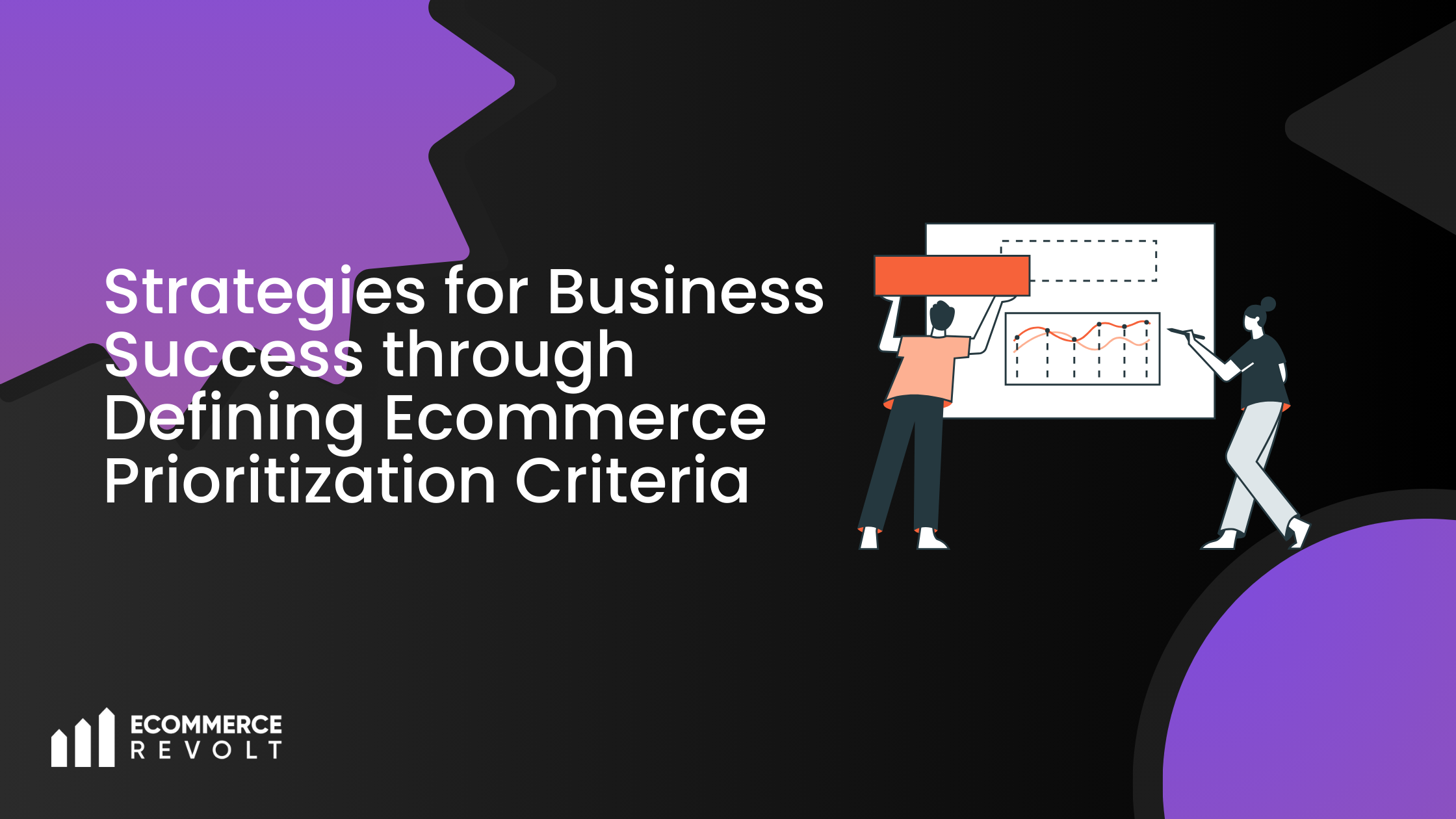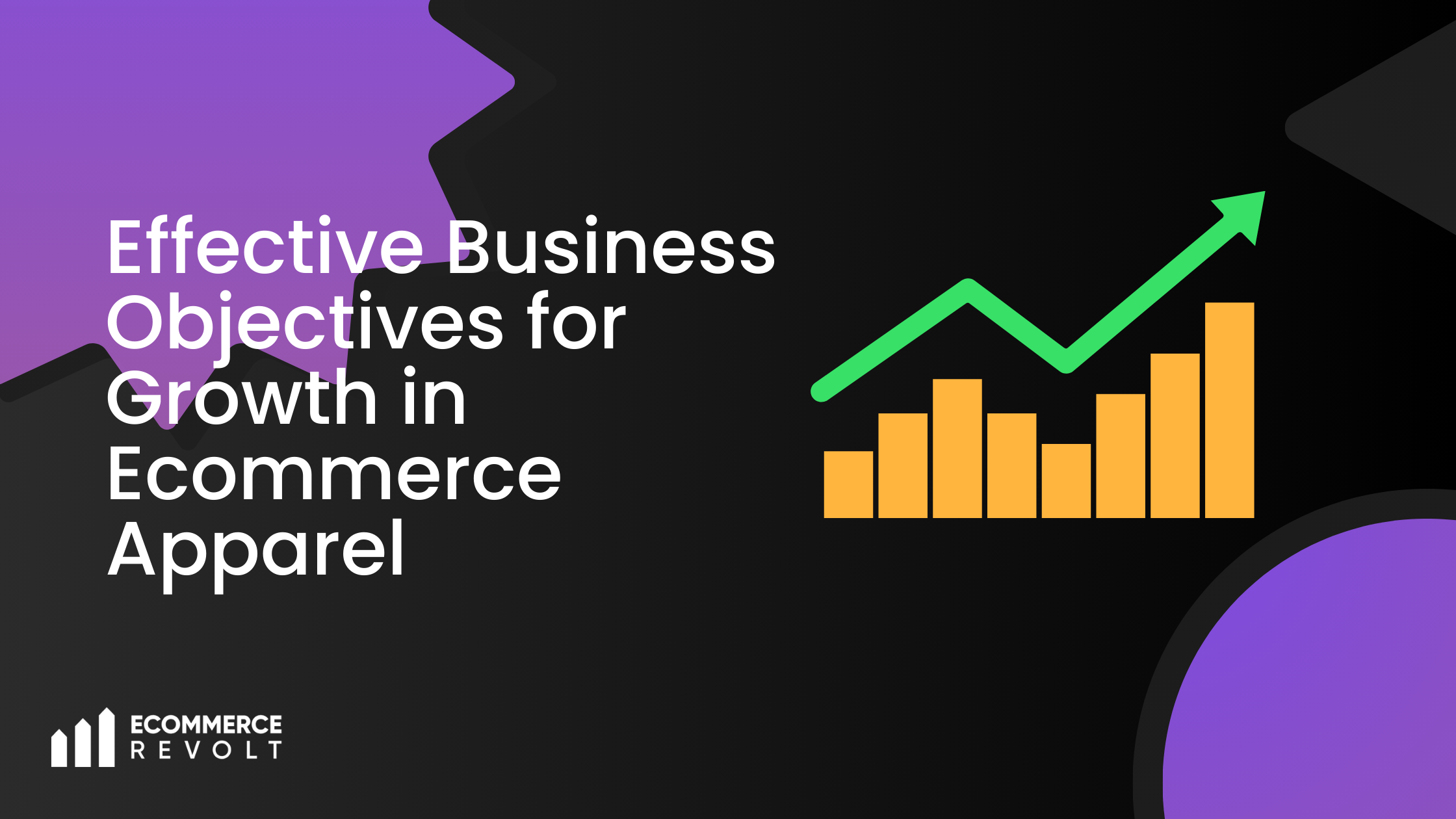While it may not be effortless, running an ecommerce business can be pretty straightforward. You have the skill set, the dedication, and even a fantastic product. But how does one shift their ecommerce business from just getting by to killing it in the industry? Growing your ecommerce company is less about putting in more effort and more about adopting a more sensible and strategic approach.
This guide will take you through selling strategies and scaling ecommerce customer experiences, so whether you are looking to improve sales, and profits, or boost customer loyalty, this content can help you. Let’s examine actionable techniques that can aid in brand growth, increase revenue, and customer retention.
Importance of Scaling an Ecommerce Business
While making substantial profits is certainly a great incentive, scaling an ecommerce business is also about working towards improved business infrastructure that is capable of handling rapid growth effectively. These are the most crucial components of scaling. If done correctly, you will be able to:
- Reach new customers and markets.
- Enhance your organization’s productivity through greater time or monetary savings.
- Create a customer retention system to foster a loyal base.
Scaling is not just about the numbers; it is an intricate process and requires a mix of techniques, imagination, and an ability to make changes. So, let me explain in detail.
How to Scale an Ecommerce Business: 7 Proven Strategies
1. Optimize Your Website for Conversions
Having potential consumers visiting your website but not purchasing the products is not ideal.
What to Do:
- Minimize the steps involved in checking out so there are fewer abandoned carts.
- Use high-quality images and footage to promote your items.
- Utilize customer testimonials and reviews to attract potential clients.
- Carry out A/B testing to determine what works efficiently.
2. Leverage Data and Analytics
Data not only tells you what is successful, but what isn’t and where you should aim your energy towards.
What to Do:
- Utilize applications such as Google Analytics to keep track of the sites average users, viewers, purchases, and even traffic rates.
- Evaluate sales figures to determine what the most successful items in stock along with the preferred demographic group are.
- Pay attention to patrons’ views to identify patterns and areas for enhancement.
3. Expand Your Product Line
When considering an expansion in stock, try to include care items that fulfill the requirements of existing clients and come up with possible new areas to sell.
What to Do:
- Conduct market research to identify gaps in your product line.
- Test new products with a controllable and analyzable audience sample before launching fully.
- Use catalogs to cross-sell and increase overall sales.
4. Enhance the Experience of the E-commerce Customers
Happy customers are satisfied customers. Satisfied customers tend to spend more and tell others about your business.
Plan of Action:
- Analyze user’s browsing and purchasing patterns to provide personalized customization.
- Ensure timely and reliable deliveries and have proper returns policies in place.
- Leverage artificial intelligence or human representatives to provide immediate assistance.
- Segment loyal customers and offer incentives to retain them.
- 5. Allocate Budgeting to Promotion and Marketing
If no one knows about your business, there is no room for scaling up. A business can foster growth with a properly developed marketing plan.
Plan of Action:
- Place focused advertisements on Facebook, Instagram, Google, and other similar sources.
- Do email marketing to engage and promote business to potential customers.
- Use influencer marketing to reach more people.
- Use SEO to increase traffic on your homepage.
6. Simplify Business Processes Using Automation
As your business grows, the potential for errors and lowering efficiency increases. Automation eases the workload by allowing artificial intelligence to take over standard procedures.
Plan of Action:
- Utilize applications such as Shopify Flow to simplify repetitive processes.
- Make use of inventory management systems to prevent running short or overstocking.
- Offer several payment alternatives: When clients have more options that are provided to them, buying stuff becomes simpler for them.
- Conduct follow-up action: Thank the clients and ask for their opinions regarding the product in the post-purchase emails.
Closing Thoughts: Growth Is A Journey And Not A Sprint
Promoting the growth of an ecommerce business is not a task that is completed in a day. It requires extensive time spent on continuous testing, observing, and advancing. However, it is possible to formulate a business that does not just exist, but prospers, when the right systems are adopted.
Now go ahead and integrate these tips into your work, and you will see tremendous growth in your ecommerce business right away.








